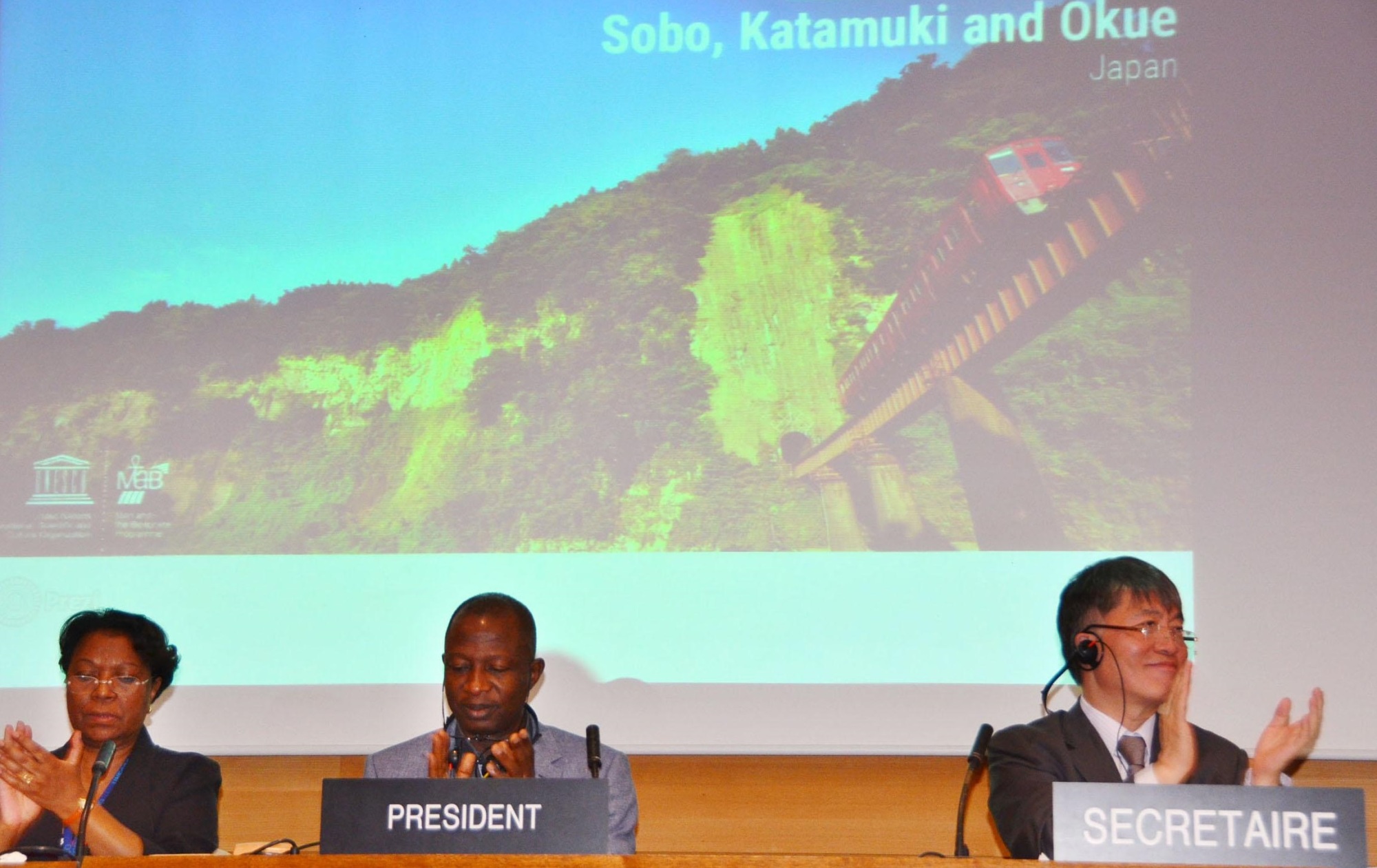The U.N. Educational, Scientific and Cultural Organization has added the Tone River basin north of Tokyo and a mountain range in the country's southwest to its list of biosphere reserves, the government learned Wednesday.
As of March last year, 669 areas in 120 countries were designated as biosphere reserves — areas for harmonizing environmental preservation and human activity — by the U.N. organization, of which seven are in Japan.
They are separate from UNESCO world natural heritage sites, with Japan calling them "UNESCO eco parks."
The eco park covering the uppermost reaches of the Tone River, one of the longest rivers in Japan, is located in the town of Minakami in Gunma Prefecture and some municipalities in Niigata Prefecture. It is an area that has recorded some of the world's heaviest snowfalls.
The registered area totals about 90,000 hectares, over 90 percent of which is forest and is home to rare species of animals such as the golden eagle. The Tone River is also a popular rafting destination.
The other eco park added to the UNESCO list is a 240,000-hectare area that encompasses Mount Sobo, Mount Katamuki and Mount Okue in Oita and Miyazaki prefectures on the island of Kyushu.
The area is known for its vertical cliffs and beautiful valleys, as well as its Japanese serows, which are designated as a special national treasure.
Biosphere reserves comprise three interrelated zones — the strictly protected core area, a buffer zone used for environmental education and recreation, and a transitional zone aimed at developing a community in harmony with nature.
The latest decision was reached at a gathering in Paris.
Biosphere reserves already located in Japan include the Southern Alps mountain range that straddles Yamanashi, Nagano and Shizuoka prefectures and Yakushima Island in Kagoshima Prefecture.




